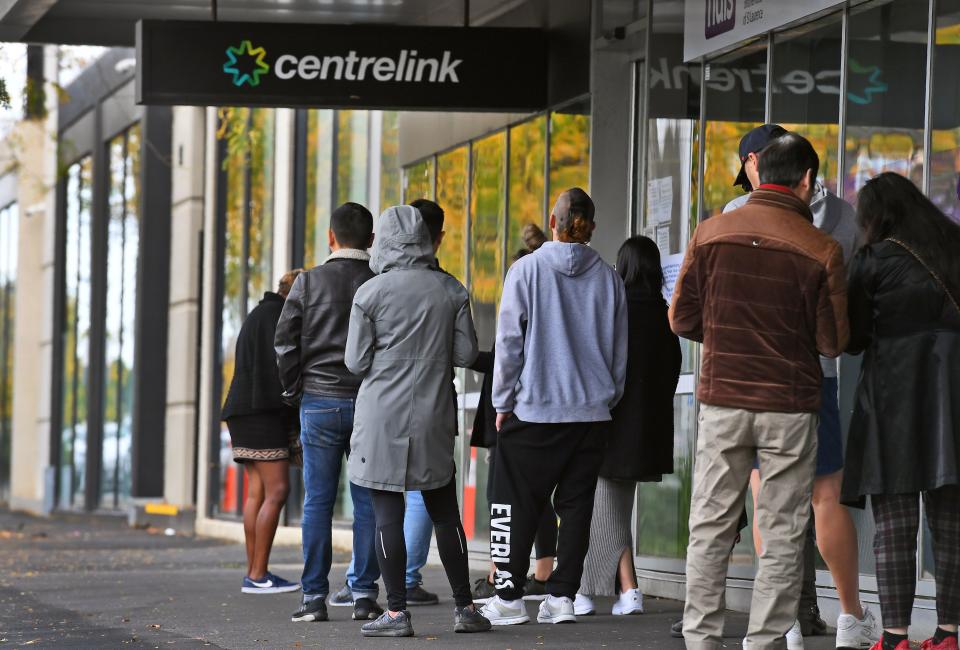Staggering cost of jobs ‘saved’ by JobKeeper revealed

The JobKeeper program is costing Australians around $100,000 per job “saved”, but this cost is largely unavoidable, according to economists.
This figure is based on the idea that a third of those who lose their jobs will depart the labour force entirely, and that as such 1 million jobs will have been saved by the JobKeeper program entirely.
Around 844,000 businesses have received JobKeeper payments, passing on the wage subsidy to 3 million workers.
According to economists from the Australian National University’s Tax and Transfer Policy Institute, Robert Breunig and Timothy Watson, only a portion of those jobs would have actually been lost if JobKeeper didn’t exist.
They said the cost per job saved over the six month JobKeeper program is between $70,000 and $102,000.
And once those figures are converted into job-years, or the price of one year of one job, it increases to between $140,000 and $204,000.
“These are potentially high costs per job saved, although this is probably to be expected and largely unavoidable in an economy that is still operating under significant physical restrictions,” Breunig and Watson said.
What do they propose?
As the government considers how to wind back JobKeeper, the economists suggested one way to cut the costs of saving jobs is to cap the payments for those who would be earning less than $1,500 before the subsidies came into play, and also test business turnover on a monthly basis.
“Paying people more than they were already receiving to willingly work is most likely unnecessary to prevent employment loss, and may even discourage some employees from accepting additional hours of work,” they said.
“On balance, capping JobKeeper for those earning below $1,500 per fortnight should reduce the cost of the scheme without significantly discouraging employment, helping improve costs per job saved.”
The economists added that as life slowly returns to normal, fewer businesses would satisfy the 30 per cent fall in turnover test.
“Rather than being given on the basis of expected drops in turnover, eligibility could be based upon real-time administrative data from the Australian Taxation Office,” Breunig and Watson said.
“This would also be a useful way to target JobKeeper towards more heavily affected industries and gradually phase out the program over time helping avoid a ‘fiscal cliff’ scenario in October.”
The cash saved through these measures should be redirected to groups previously excluded but still impacted, including the 950,000 casual workers who have been at their role for less than a year, temporary migrants and employees of foreign state-owned businesses.
“Alternatively, savings could be redirected towards infrastructure stimulus programs that are typically found to have amongst the highest employment and output multipliers, particularly as economic conditions normalise,” they said.
“Given the inherent uncertainties of the current situation, policymakers should display a spirit of ‘bold, persistent experimentation’ to ensure that policy support is targeted towards where it is needed most and delivers the best possible return for taxpayers.”
Follow Yahoo Finance Australia on Facebook, Twitter, Instagram and LinkedIn.

 Yahoo Finance
Yahoo Finance 

